Define Our Future
19 April 2024
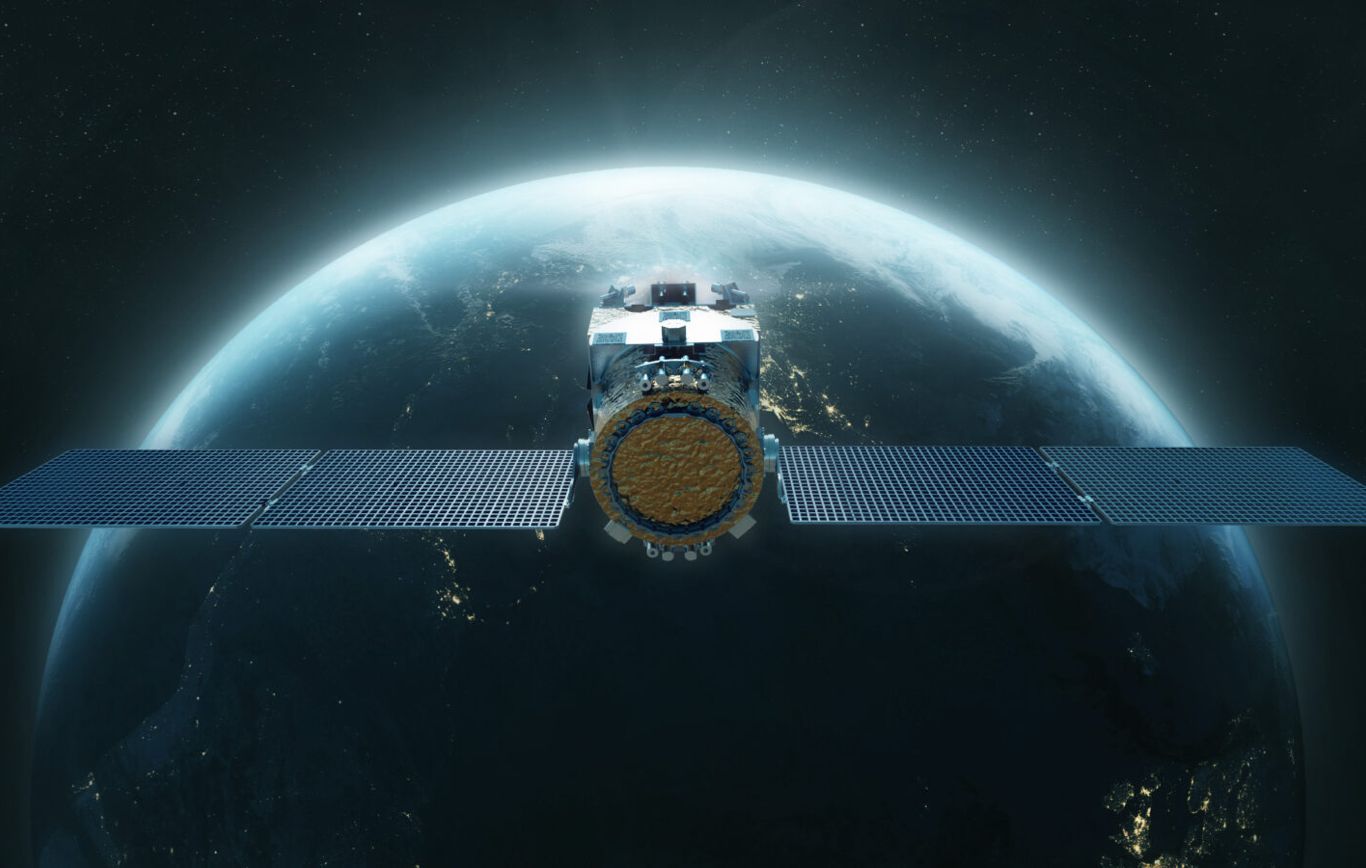
ADRAS-J (Astroscale)
On March 8th, a Florida home was struck by a falling piece of metal, piercing through two floors and narrowly missing hitting a child. NASA has since analysed that the piece of debris came from the International Space Station (ISS), belonging to hardware which was jettisoned back in 2021 and was expected to burn up in the atmosphere. However, the 10cm x 4cm (approx) piece survived the fiery descent.
It is often normal procedure to dispose of space junk in this manner, avoiding the creation of debris by allowing it be destroyed in the atmosphere. However, the incident undoubtedly sheds light on the subject of orbital debris and the prospect of such incidents happening again. ESA estimates there are approximately 36,500 large pieces and 130 million tiny pieces of debris in orbit, each posing a deadly risk to vehicles surrounding Earth. With an additional 18,000 satellites expected to be launched by 2025, the problem is only set to expand.
Sustainability is already a key theme in relation to policy and the establishment of new space law. The EU is due to release its Space Law draft, with strict sustainability measures set to be in place. Furthermore, NASA recently released their Sustainable Space Strategy, and the UN Summit for the Future in September will likely feature space sustainability as a key briefing point.
Astroscale debris relay demo, ESA space space solar power study
Japan's Astroscale is leading the way in commercial debris mitigation, demonstrating that maintaining Earth orbit is not only vital for safety and building towards a sustainable future, but also holds significant commercial potential.
Their Active Debris Removal by Astroscale-Japan (ADRAS-J) vehicle was launched last year and has since been on a mission to approach the selected debris—a spent H-2A upper stage from 2009—and carry out analysis. Over the next few weeks, the ADRAS-J will slowly approach the debris and match its rotation, utilising onboard cameras to determine its position and navigation, marking a new milestone in rendezvoused proximity operations technology (RPO).
Chris Blackerby, chief operating officer of Astroscale, said that “the goal here is proving out those core capabilities for on-orbit servicing but also as a precursor for the second phase,” which would involve sending a spacecraft to then de-orbit the debris.
Earth's orbit can also provide solutions for achieving sustainable goals on Earth. Satellite observation data is already employed in analysing the effects of climate change, as well as natural and human-made disasters. Additionally, it has long been suggested that limitless solar energy could be harvested in space for use on Earth, contributing to carbon-neutral goals. Space-based solar power (SBSP) is currently being researched by ESA under the SOLARIS project, announced in 2023, led by Thales Alenia.
The plan would involve establishing a network of satellites to harvest solar power in orbit before wirelessly beaming it to ground stations using radio waves, similar to how telecommunication satellites transmit small amounts of energy back to Earth. However, the amount of energy transmitted would be far greater to achieve SBSP, and an interim solution has been proposed in a study from consultancy Arthur D Little, which suggests using "large mirrors deployed in space to reflect sunlight down through the atmosphere to existing terrestrial solar farms" (ESA).
The SOLARIS study is expected to run through 2025 and help inform ESA about its decisions on implementing SBSP in the future.
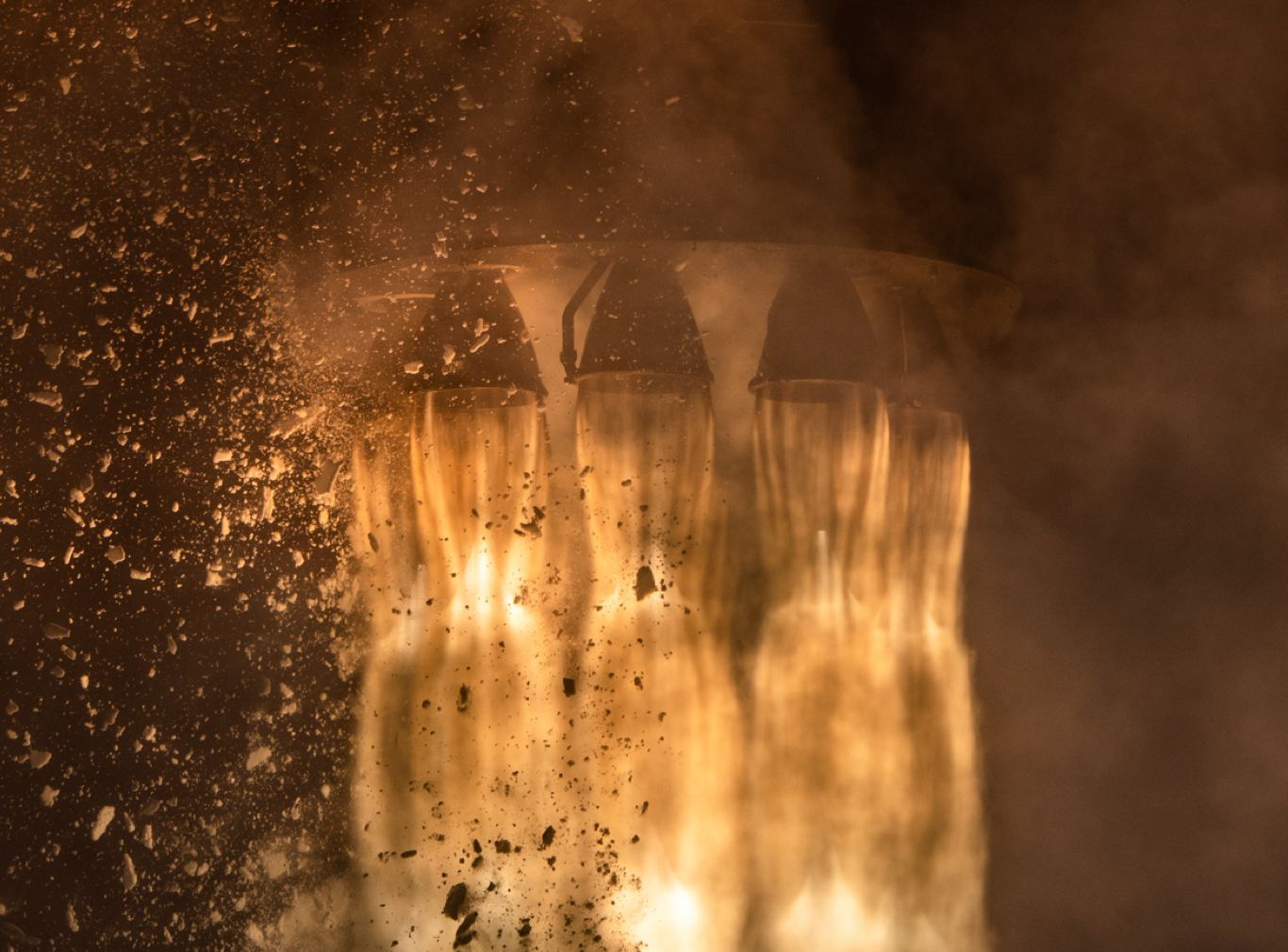
Rocket Lab to play role in Victus Haze (Rocket Lab)
Navigating the evolving role of commercial entities in defence amidst growing reliance
The role of commercial entities is imperative in driving the growth of the global space industry, as seen in the launch sector and role that private sector are now playing lunar transportation and innovation. Moreover, governments are seeing an expanding role for the commercial sector in delivering rapid defence solutions, with Starlink’s application in Ukraine exemplifying the edge that commercial satellites provide.
On April 11th, the US Space Force announced its first ever orbital combat exercise, named “Victus Haze” (which follows the Victus Nox responsive launch demo in 2023). This will involve two private companies, Rocket Lab and True Anomaly, demonstrating an orbital “dogfight” using two orbital spacecraft, and is due to commence no later than 2025.
Additionally, lunar landing company Astrobotic (US) have announced plans to move into the defence sector, with the aim of providing its suborbital Xogdor reusable rocket for applications such as atmospheric testing and transportation, and is due to debut in 2025.
Cordell DeLaPena, from the Space Force's Space Systems Command, also voiced a strong inclination this week toward greater integration of private innovation. He emphasised the need to procure commercially-driven satellites for the Protected Tactical Satcom (PTS) constellation, aimed at ensuring secure military communications, as well as for the Global Positioning System (GPS). Discussing the potential of commercial GPS satellites, DeLaPena remarked, "I think it's going to be a game changer," underscoring the promise of cheaper and more rapidly deployable satellite networks.
Rules needed to clarify role of commercial sector as rivalry grows
The US commercial strategy is giving them the edge over their rivals in space, leveraging private innovation to offer more cost-effective and efficient technology solutions. This includes advancements like reusable launches and rapid satellite deployment, which are driving progress and competitiveness in the sector.
An article this week from the Jamestown Foundation highlighted the advantages the US has over Russia in regards to launch capabilities, stating that the latter will rely on “the limited amount of increasingly more expensive heavy-launch vehicles, several light-class Angara-1.2 launch vehicles a year, and old-fashioned, Soviet-era medium-class Soyuz rockets”, nothing compared to the launch and production rate of SpaceX and ULA, as well as many other emerging commercial rockets.
However, the article also highlights that Moscow will now likely consider US commercial entities as part of their military infrastructure, especially since the introduction of the US 2024 Commercial Space Integration Strategy, which “seeks to align the Department’s efforts and drive more effective integration of commercial space solutions into national security space architectures” (US DoD, 2024).
This follows a warning from Russia in March, with Foreign Ministry Spokeswoman Maria Zakharova saying that systems, such as a spy satellite network being developed by SpaceX, could become “a legitimate target for retaliatory measures, including military ones.”
Furthermore, the US must also contend with their growing rivalry with China. This week the NASA chief, Bill Nelson, stated that he believes that the Chinese civilian space programme is in fact a mask for furthering their military space capabilities, saying that “in effect, we (US) are in a race.” This comes after comments he also made in 2023, warning that China will use scientific exploration as a guise to appropriate swathes of lunar territory.
Geopolitical tensions are indeed on the rise, and along with this trend comes an apparent increase in the integration of commercial technology for US defence purposes.
Opinion: 2024 may prove to be a pivotal year in our pursuit of sustainability and the establishment of a sustainable space policy, as well as observing commercial innovations from companies such as Astroscale. The commercial sector has demonstrated that it can be a progressive force, increasing access to space while also building and maintaining space infrastructures and services.
However, commercial innovation has also captured the attention of the defence sector, and we now face real threats that private entities may not only become targets of conflict, but also unwittingly exacerbate geopolitical tensions. Urgency mounts within the international community to address and preempt such scenarios, and moreover continue to explore how powerful and innovative commercial technologies can instead become drivers in our pursuit of a peaceful and sustainable future.
Define Our Future

ADRAS-J (Astroscale)
19 April 2024
Astroscale's Debris Removal, ESA researching Space Solar Power, and the Imperative to Address the Role of Commercial Entities in Defence - Space News Roundup

On March 8th, a Florida home was struck by a falling piece of metal, piercing through two floors and narrowly missing hitting a child. NASA has since analysed that the piece of debris came from the International Space Station (ISS), belonging to hardware which was jettisoned back in 2021 and was expected to burn up in the atmosphere. However, the 10cm x 4cm (approx) piece survived the fiery descent.
It is often normal procedure to dispose of space junk in this manner, avoiding the creation of debris by allowing it be destroyed in the atmosphere. However, the incident undoubtedly sheds light on the subject of orbital debris and the prospect of such incidents happening again. ESA estimates there are approximately 36,500 large pieces and 130 million tiny pieces of debris in orbit, each posing a deadly risk to vehicles surrounding Earth. With an additional 18,000 satellites expected to be launched by 2025, the problem is only set to expand.
Sustainability is already a key theme in relation to policy and the establishment of new space law. The EU is due to release its Space Law draft, with strict sustainability measures set to be in place. Furthermore, NASA recently released their Sustainable Space Strategy, and the UN Summit for the Future in September will likely feature space sustainability as a key briefing point.
Astroscale debris relay demo, ESA space space solar power study
Japan's Astroscale is leading the way in commercial debris mitigation, demonstrating that maintaining Earth orbit is not only vital for safety and building towards a sustainable future, but also holds significant commercial potential.
Their Active Debris Removal by Astroscale-Japan (ADRAS-J) vehicle was launched last year and has since been on a mission to approach the selected debris—a spent H-2A upper stage from 2009—and carry out analysis. Over the next few weeks, the ADRAS-J will slowly approach the debris and match its rotation, utilising onboard cameras to determine its position and navigation, marking a new milestone in rendezvoused proximity operations technology (RPO).
Chris Blackerby, chief operating officer of Astroscale, said that “the goal here is proving out those core capabilities for on-orbit servicing but also as a precursor for the second phase,” which would involve sending a spacecraft to then de-orbit the debris.
Earth's orbit can also provide solutions for achieving sustainable goals on Earth. Satellite observation data is already employed in analysing the effects of climate change, as well as natural and human-made disasters. Additionally, it has long been suggested that limitless solar energy could be harvested in space for use on Earth, contributing to carbon-neutral goals. Space-based solar power (SBSP) is currently being researched by ESA under the SOLARIS project, announced in 2023, led by Thales Alenia.
The plan would involve establishing a network of satellites to harvest solar power in orbit before wirelessly beaming it to ground stations using radio waves, similar to how telecommunication satellites transmit small amounts of energy back to Earth. However, the amount of energy transmitted would be far greater to achieve SBSP, and an interim solution has been proposed in a study from consultancy Arthur D Little, which suggests using "large mirrors deployed in space to reflect sunlight down through the atmosphere to existing terrestrial solar farms" (ESA).
The SOLARIS study is expected to run through 2025 and help inform ESA about its decisions on implementing SBSP in the future.
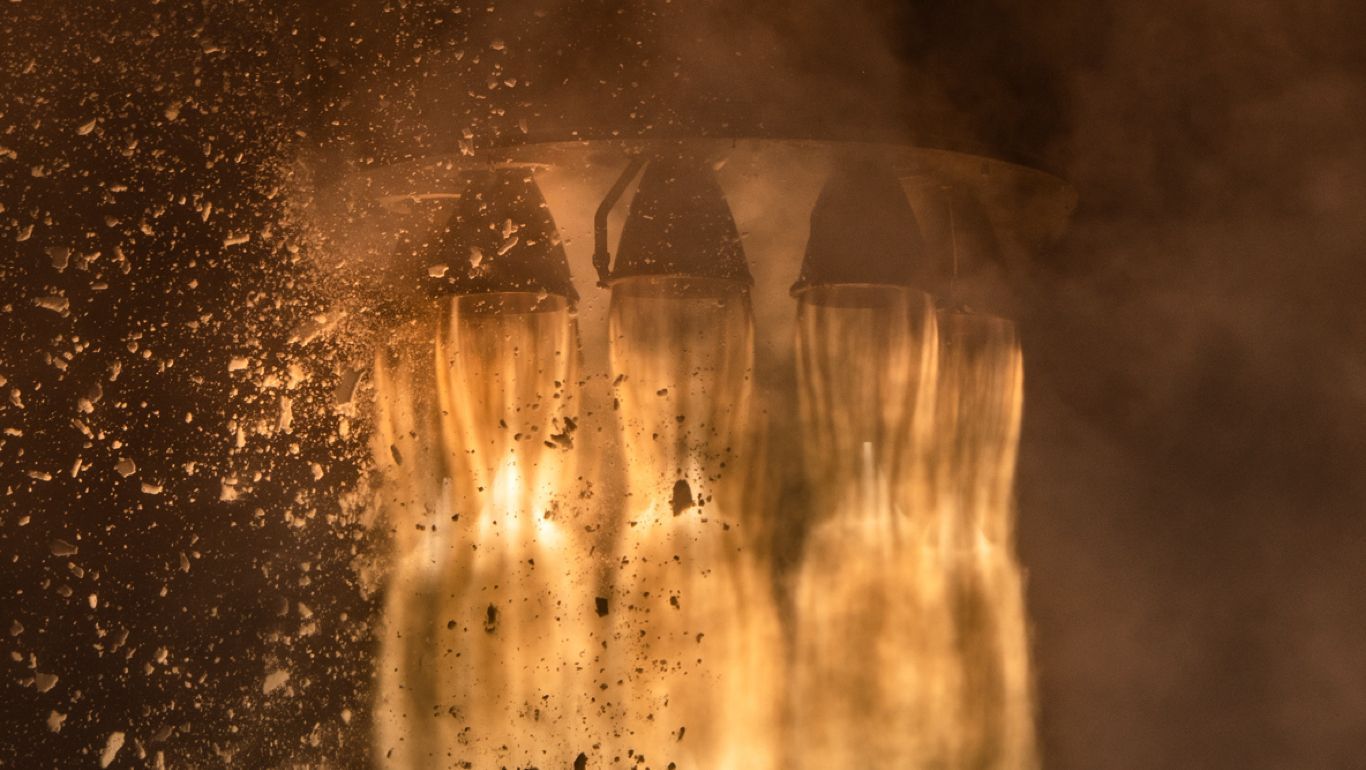
Rocket Lab to play role in Victus Haze (Rocket Lab)
Navigating the evolving role of commercial entities in defence amidst growing reliance
The role of commercial entities is imperative in driving the growth of the global space industry, as seen in the launch sector and role that private sector are now playing lunar transportation and innovation. Moreover, governments are seeing an expanding role for the commercial sector in delivering rapid defence solutions, with Starlink’s application in Ukraine exemplifying the edge that commercial satellites provide.
On April 11th, the US Space Force announced its first ever orbital combat exercise, named “Victus Haze” (which follows the Victus Nox responsive launch demo in 2023). This will involve two private companies, Rocket Lab and True Anomaly, demonstrating an orbital “dogfight” using two orbital spacecraft, and is due to commence no later than 2025.
Additionally, lunar landing company Astrobotic (US) have announced plans to move into the defence sector, with the aim of providing its suborbital Xogdor reusable rocket for applications such as atmospheric testing and transportation, and is due to debut in 2025.
Cordell DeLaPena, from the Space Force's Space Systems Command, also voiced a strong inclination this week toward greater integration of private innovation. He emphasised the need to procure commercially-driven satellites for the Protected Tactical Satcom (PTS) constellation, aimed at ensuring secure military communications, as well as for the Global Positioning System (GPS). Discussing the potential of commercial GPS satellites, DeLaPena remarked, "I think it's going to be a game changer," underscoring the promise of cheaper and more rapidly deployable satellite networks.
Rules needed to clarify role of commercial sector as rivalry grows
The US commercial strategy is giving them the edge over their rivals in space, leveraging private innovation to offer more cost-effective and efficient technology solutions. This includes advancements like reusable launches and rapid satellite deployment, which are driving progress and competitiveness in the sector.
An article this week from the Jamestown Foundation highlighted the advantages the US has over Russia in regards to launch capabilities, stating that the latter will rely on “the limited amount of increasingly more expensive heavy-launch vehicles, several light-class Angara-1.2 launch vehicles a year, and old-fashioned, Soviet-era medium-class Soyuz rockets”, nothing compared to the launch and production rate of SpaceX and ULA, as well as many other emerging commercial rockets.
However, the article also highlights that Moscow will now likely consider US commercial entities as part of their military infrastructure, especially since the introduction of the US 2024 Commercial Space Integration Strategy, which “seeks to align the Department’s efforts and drive more effective integration of commercial space solutions into national security space architectures” (US DoD, 2024).
This follows a warning from Russia in March, with Foreign Ministry Spokeswoman Maria Zakharova saying that systems, such as a spy satellite network being developed by SpaceX, could become “a legitimate target for retaliatory measures, including military ones.”
Furthermore, the US must also contend with their growing rivalry with China. This week the NASA chief, Bill Nelson, stated that he believes that the Chinese civilian space programme is in fact a mask for furthering their military space capabilities, saying that “in effect, we (US) are in a race.” This comes after comments he also made in 2023, warning that China will use scientific exploration as a guise to appropriate swathes of lunar territory.
Geopolitical tensions are indeed on the rise, and along with this trend comes an apparent increase in the integration of commercial technology for US defence purposes.
Opinion: 2024 may prove to be a pivotal year in our pursuit of sustainability and the establishment of a sustainable space policy, as well as observing commercial innovations from companies such as Astroscale. The commercial sector has demonstrated that it can be a progressive force, increasing access to space while also building and maintaining space infrastructures and services.
However, commercial innovation has also captured the attention of the defence sector, and we now face real threats that private entities may not only become targets of conflict, but also unwittingly exacerbate geopolitical tensions. Urgency mounts within the international community to address and preempt such scenarios, and moreover continue to explore how powerful and innovative commercial technologies can instead become drivers in our pursuit of a peaceful and sustainable future.
Share this article
19 April 2024
Astroscale's Debris Removal, ESA researching Space Solar Power, and the Imperative to Address the Role of Commercial Entities in Defence - Space News Roundup

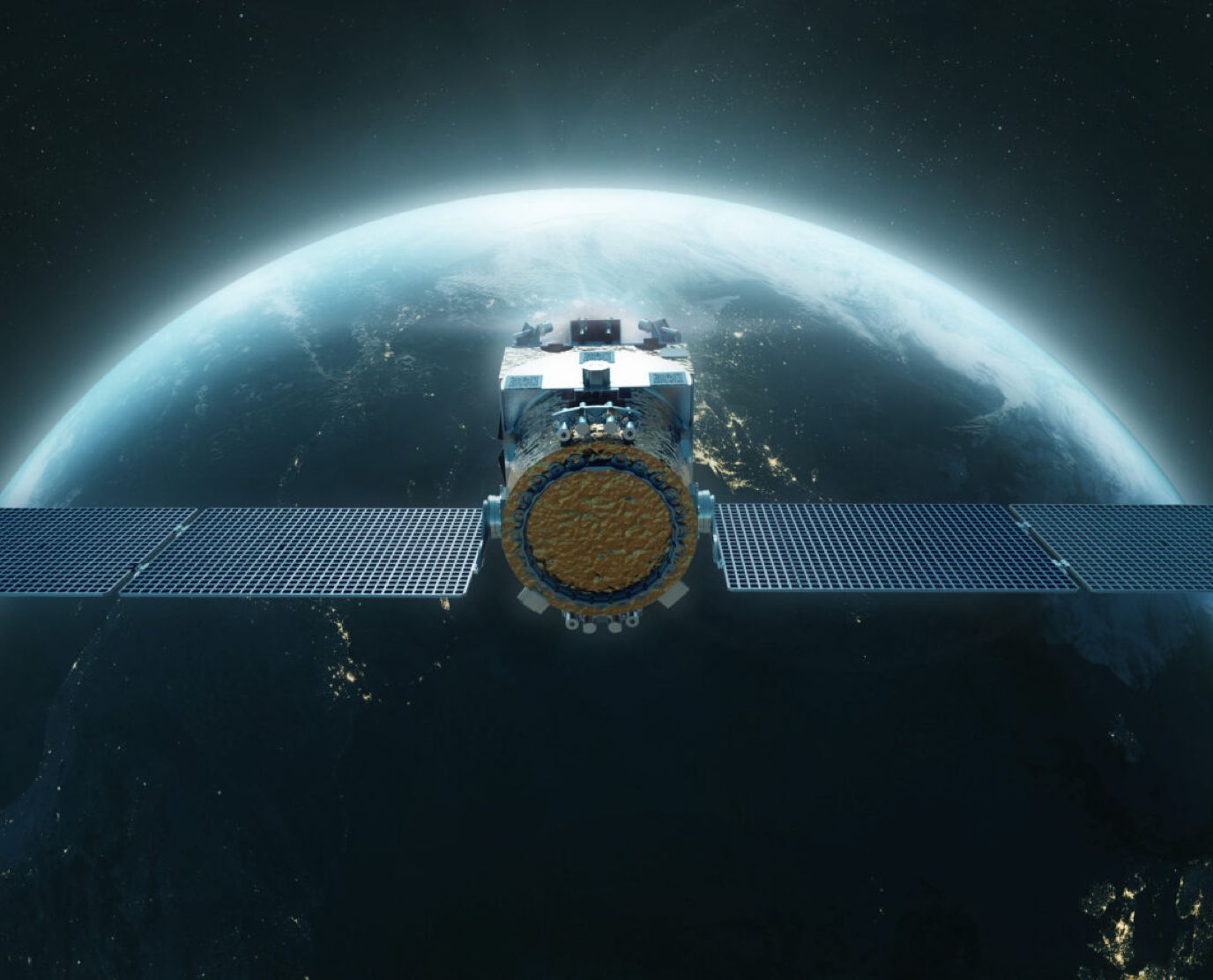
ADRAS-J (Astroscale)
On March 8th, a Florida home was struck by a falling piece of metal, piercing through two floors and narrowly missing hitting a child. NASA has since analysed that the piece of debris came from the International Space Station (ISS), belonging to hardware which was jettisoned back in 2021 and was expected to burn up in the atmosphere. However, the 10cm x 4cm (approx) piece survived the fiery descent.
It is often normal procedure to dispose of space junk in this manner, avoiding the creation of debris by allowing it be destroyed in the atmosphere. However, the incident undoubtedly sheds light on the subject of orbital debris and the prospect of such incidents happening again. ESA estimates there are approximately 36,500 large pieces and 130 million tiny pieces of debris in orbit, each posing a deadly risk to vehicles surrounding Earth. With an additional 18,000 satellites expected to be launched by 2025, the problem is only set to expand.
Sustainability is already a key theme in relation to policy and the establishment of new space law. The EU is due to release its Space Law draft, with strict sustainability measures set to be in place. Furthermore, NASA recently released their Sustainable Space Strategy, and the UN Summit for the Future in September will likely feature space sustainability as a key briefing point.
Astroscale debris relay demo, ESA space space solar power study
Japan's Astroscale is leading the way in commercial debris mitigation, demonstrating that maintaining Earth orbit is not only vital for safety and building towards a sustainable future, but also holds significant commercial potential.
Their Active Debris Removal by Astroscale-Japan (ADRAS-J) vehicle was launched last year and has since been on a mission to approach the selected debris—a spent H-2A upper stage from 2009—and carry out analysis. Over the next few weeks, the ADRAS-J will slowly approach the debris and match its rotation, utilising onboard cameras to determine its position and navigation, marking a new milestone in rendezvoused proximity operations technology (RPO).
Chris Blackerby, chief operating officer of Astroscale, said that “the goal here is proving out those core capabilities for on-orbit servicing but also as a precursor for the second phase,” which would involve sending a spacecraft to then de-orbit the debris.
Earth's orbit can also provide solutions for achieving sustainable goals on Earth. Satellite observation data is already employed in analysing the effects of climate change, as well as natural and human-made disasters. Additionally, it has long been suggested that limitless solar energy could be harvested in space for use on Earth, contributing to carbon-neutral goals. Space-based solar power (SBSP) is currently being researched by ESA under the SOLARIS project, announced in 2023, led by Thales Alenia.
The plan would involve establishing a network of satellites to harvest solar power in orbit before wirelessly beaming it to ground stations using radio waves, similar to how telecommunication satellites transmit small amounts of energy back to Earth. However, the amount of energy transmitted would be far greater to achieve SBSP, and an interim solution has been proposed in a study from consultancy Arthur D Little, which suggests using "large mirrors deployed in space to reflect sunlight down through the atmosphere to existing terrestrial solar farms" (ESA).
The SOLARIS study is expected to run through 2025 and help inform ESA about its decisions on implementing SBSP in the future.
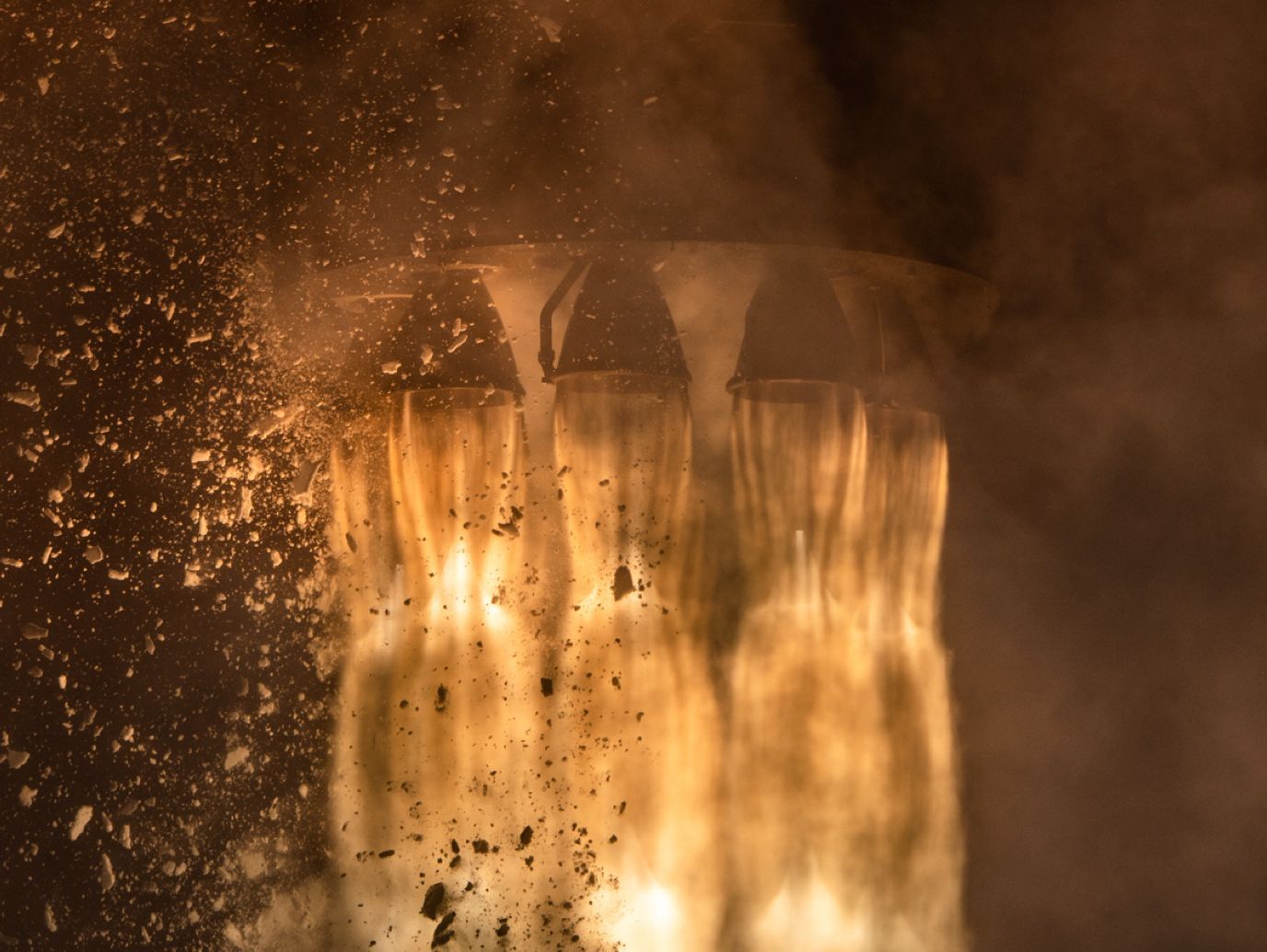
Rocket Lab to play role in Victus Haze (Rocket Lab)
Navigating the evolving role of commercial entities in defence amidst growing reliance
The role of commercial entities is imperative in driving the growth of the global space industry, as seen in the launch sector and role that private sector are now playing lunar transportation and innovation. Moreover, governments are seeing an expanding role for the commercial sector in delivering rapid defence solutions, with Starlink’s application in Ukraine exemplifying the edge that commercial satellites provide.
On April 11th, the US Space Force announced its first ever orbital combat exercise, named “Victus Haze” (which follows the Victus Nox responsive launch demo in 2023). This will involve two private companies, Rocket Lab and True Anomaly, demonstrating an orbital “dogfight” using two orbital spacecraft, and is due to commence no later than 2025.
Additionally, lunar landing company Astrobotic (US) have announced plans to move into the defence sector, with the aim of providing its suborbital Xogdor reusable rocket for applications such as atmospheric testing and transportation, and is due to debut in 2025.
Cordell DeLaPena, from the Space Force's Space Systems Command, also voiced a strong inclination this week toward greater integration of private innovation. He emphasised the need to procure commercially-driven satellites for the Protected Tactical Satcom (PTS) constellation, aimed at ensuring secure military communications, as well as for the Global Positioning System (GPS). Discussing the potential of commercial GPS satellites, DeLaPena remarked, "I think it's going to be a game changer," underscoring the promise of cheaper and more rapidly deployable satellite networks.
Rules needed to clarify role of commercial sector as rivalry grows
The US commercial strategy is giving them the edge over their rivals in space, leveraging private innovation to offer more cost-effective and efficient technology solutions. This includes advancements like reusable launches and rapid satellite deployment, which are driving progress and competitiveness in the sector.
An article this week from the Jamestown Foundation highlighted the advantages the US has over Russia in regards to launch capabilities, stating that the latter will rely on “the limited amount of increasingly more expensive heavy-launch vehicles, several light-class Angara-1.2 launch vehicles a year, and old-fashioned, Soviet-era medium-class Soyuz rockets”, nothing compared to the launch and production rate of SpaceX and ULA, as well as many other emerging commercial rockets.
However, the article also highlights that Moscow will now likely consider US commercial entities as part of their military infrastructure, especially since the introduction of the US 2024 Commercial Space Integration Strategy, which “seeks to align the Department’s efforts and drive more effective integration of commercial space solutions into national security space architectures” (US DoD, 2024).
This follows a warning from Russia in March, with Foreign Ministry Spokeswoman Maria Zakharova saying that systems, such as a spy satellite network being developed by SpaceX, could become “a legitimate target for retaliatory measures, including military ones.”
Furthermore, the US must also contend with their growing rivalry with China. This week the NASA chief, Bill Nelson, stated that he believes that the Chinese civilian space programme is in fact a mask for furthering their military space capabilities, saying that “in effect, we (US) are in a race.” This comes after comments he also made in 2023, warning that China will use scientific exploration as a guise to appropriate swathes of lunar territory.
Geopolitical tensions are indeed on the rise, and along with this trend comes an apparent increase in the integration of commercial technology for US defence purposes.
Opinion: 2024 may prove to be a pivotal year in our pursuit of sustainability and the establishment of a sustainable space policy, as well as observing commercial innovations from companies such as Astroscale. The commercial sector has demonstrated that it can be a progressive force, increasing access to space while also building and maintaining space infrastructures and services.
However, commercial innovation has also captured the attention of the defence sector, and we now face real threats that private entities may not only become targets of conflict, but also unwittingly exacerbate geopolitical tensions. Urgency mounts within the international community to address and preempt such scenarios, and moreover continue to explore how powerful and innovative commercial technologies can instead become drivers in our pursuit of a peaceful and sustainable future.
Share this article
External Links
This Week
News articles posted here are not property of ANASDA GmbH and belong to their respected owners. Postings here are external links only.










